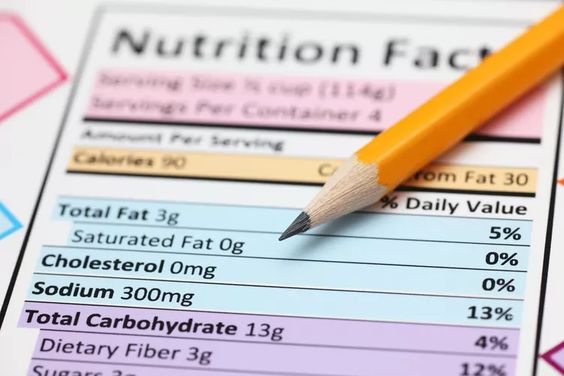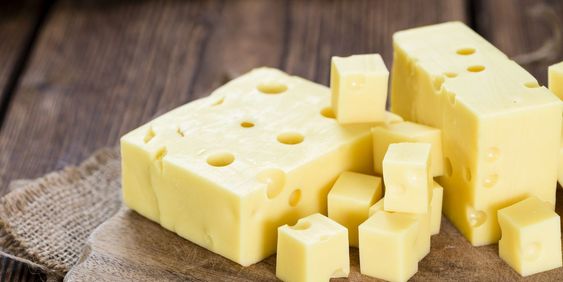Introduction
Understanding food labels can feel like learning a new language. With so many numbers, percentages, and unfamiliar terms, it's easy to feel overwhelmed. However, learning how to read nutritional labels is an essential skill for anyone looking to make informed choices about their diet. These labels provide a wealth of information about the food we consume, empowering us to make healthier decisions.

This guide will break down the essential components of a nutritional label, explaining what to look for and how to interpret the information. By the end, you'll be equipped to navigate the grocery store aisles with confidence, making choices that align with your health goals.
Decoding the Nutritional Facts Panel
The Nutritional Facts Panel is your roadmap to understanding a food's nutritional value. Here's a breakdown of the key elements:
1. Serving Size:
The serving size is the first thing to pay attention to, as all subsequent information is based on this amount. Be sure to compare the serving size to the amount you typically consume.
2. Calories:
This indicates the total number of calories in one serving of the food. Remember to adjust your calorie intake based on your individual needs and activity level.
3. Nutrients:
- Fat: This section breaks down total fat, saturated fat, trans fat, and sometimes monounsaturated and polyunsaturated fats. Aim to limit saturated and trans fats, which can raise bad cholesterol levels.
- Cholesterol: While not all cholesterol is bad, high levels can contribute to heart disease.
- Sodium: Excess sodium intake is linked to high blood pressure. Pay close attention to sodium content, especially in processed foods.
- Carbohydrates: This category includes total carbohydrates, dietary fiber, and sugars. Look for foods higher in fiber and lower in added sugars.
- Protein: Protein is crucial for building and repairing tissues. Choose foods with a good source of protein to support your body's needs.
4. Vitamins and Minerals:
This section highlights key vitamins and minerals present in the food. Look for foods that provide a good source of essential nutrients.
Beyond the Numbers: Understanding Daily Values
The "% Daily Value" column helps you determine how a single serving contributes to your overall daily intake of specific nutrients. A 5% DV or less is considered low, while 20% DV or more is considered high. Use this information to make informed choices about your diet.





